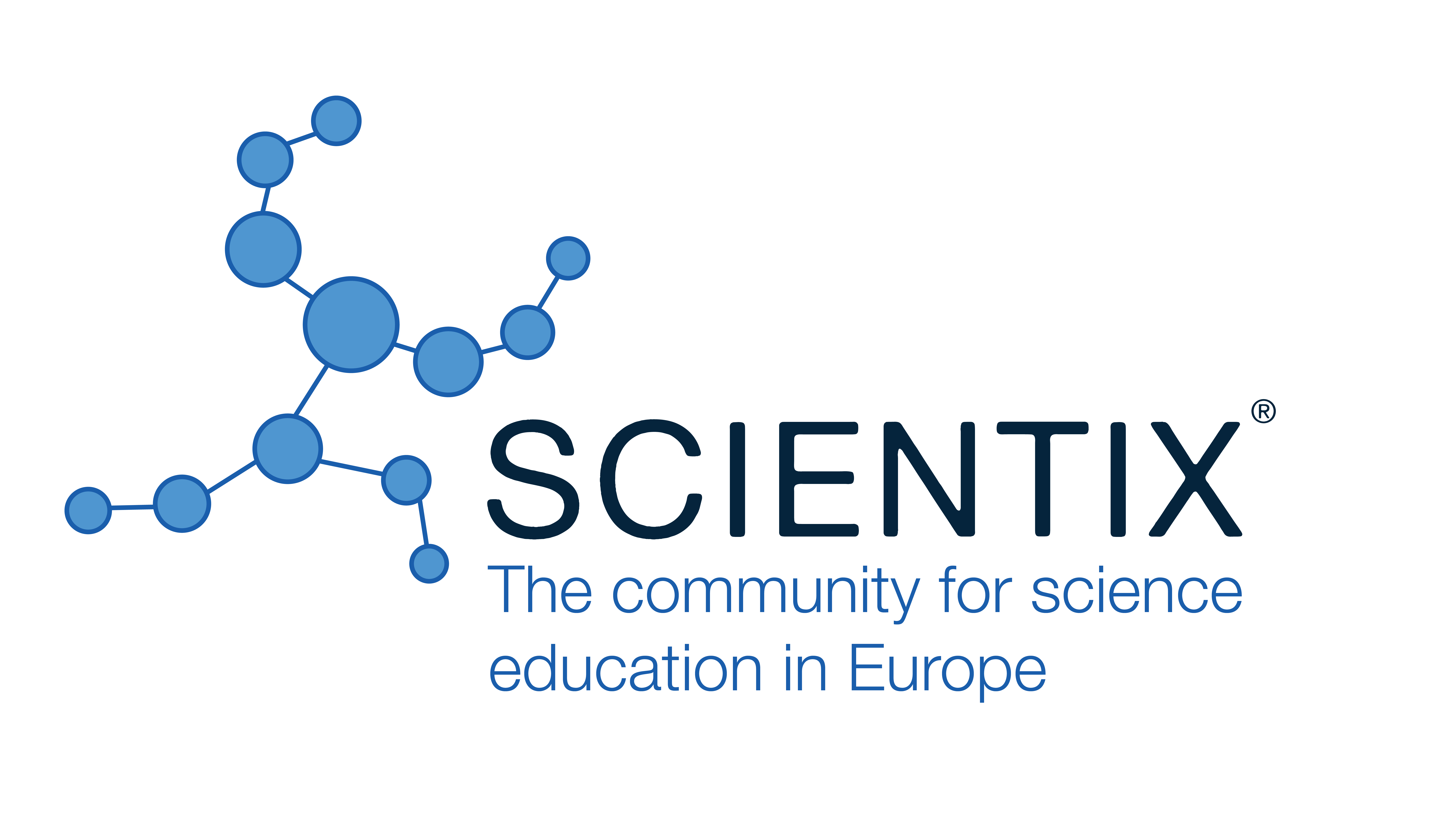Inclusion of Students with Neurobiological Markers of Violence and Aggression in the School System
Carole Sénéchal, University of Ottawa (Canada)
Serge Larivée, University of Montreal (Canada)
Abstract
The neurobiological mechanisms underlying aggression and criminality have been studied, notably through neuroimaging. In their literature review, Fanning et al. (2017) suggest the involvement of neural circuits in reactivity to emotional regulation and cognitive control concerning aggressive behavior. The genesis of emotions lies in the cortical structures of the prefrontal and medial prefrontal cortices, subcortical regions, ventral striatum, amygdala as well as the insula. Emotion regulation consists of modifying emotional feelings using different strategies involving interconnected but functionally distinct regions of the prefrontal cortex and subcortical regions. Cognitive control comprises a range of functions including vigilance and attentional processes, behavioral initiation and inhibition, planning and working memory. As with the generation and regulation of emotions, cognitive control involves several brain regions. From a classical point of view, emotional functions are located in the rostral subdivision, while cognitive functions are in the dorsal subdivision, although their roles are not mutually exclusive. Problems of chronic and severe aggression generally refer to emotional dysregulation, which is often comorbid with several other disorders. The aim of this presentation is to propose some intervention programs to help teachers be better equipped in the classroom (Fast Track; SNAP; YIP, etc.).
Keywords: aggression; student, neurobiological markers, school, inclusion, intervention program
References:
[1] Andrews, D.A. & Bonta, J. (2006). The psychology of criminal conduct. (4e ed.). Anderson.
[2] Brewer, R., Cale, J., Goldsmith, A. & Holt, T. (2018). Young People, the Internet, and Emerging Pathways into Criminality: A study of Australian Adolescents. International Journal of Cyber Criminology, 12 (1), 115-132.
[3] Chuang, E. & Wells, R. (2010). The role of inter-agency collaboration in facilitating receipt of behavioural health services for youth involved with child welfare and juvenile justice. Children and Youth Services Review, 32(12), 1814-1822.
[4] Fanning et al., Neural Correlates of Aggressive Behavior in Real Time: A Review of fMRI Studies of Laboratory Reactive Aggressopm (2017) 4:2 Current Behavioral Neuroscience Reports 138, DOI: 10.1007/s40473-017-0115-8.
[5] Greenberg, L. L.S. (2007). A guide to conducting a task analysis of therapeutic change. Psychotherapy Research, 17(1), 15-30.
 The Future of Education
The Future of Education





























